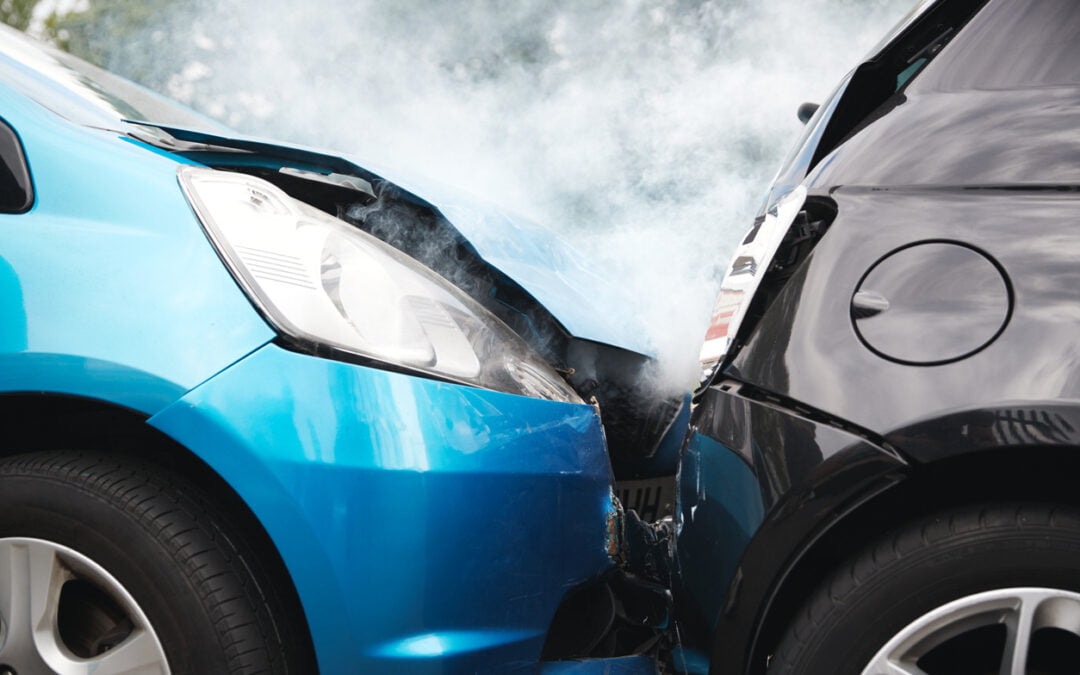Driving in Canada can be a real challenge. From the mountains of snowfall throughout the winter to the icy, slick roads of early spring, you may have found yourself in the unfortunate situation of having to repair your vehicle due to weather-related damages. If you’ve ever been in a car accident involving extensive repairs, you might wonder if your auto insurance policy covers the cost of a rental car while you wait. The answer actually depends on one factor—whether you have Loss of Use coverage or not.
WHAT IS LOSS OF USE COVERAGE?
Loss of Use coverage (OCF 20), or temporary vehicle replacement, doesn’t come standard on your auto policy. It is an optional add-on or endorsement to your auto policy. FSCO defines it as coverage that “provides you with a replacement vehicle or reimburses you for your transportation costs, while your vehicle is being repaired or replaced after being damaged by an insured peril.” In other words, a Loss of Use policy covers your cost of transportation while you wait. It applies whether you choose to rent a car, take public transit or call a cab.
In Canada, there are three common types of Loss of Use forms, depending on your location:
- OPCF 20 (Ontario Policy Change Form) for Ontario drivers
- QEF 20 (Quebec Endorsement Form) for drivers in Quebec
- SEF 20 (Standard Endorsement Form) for drivers in Alberta and Atlantic Canada
DO I QUALIFY FOR LOSS OF USE COVERAGE?
Loss of Use coverage is available when you have physical damage coverages on your car insurance policy. This may include collision coverage, comprehensive coverage or all-perils coverage.
HOW DO I QUALIFY FOR LOSS OF USE COVERAGE?
Loss of Use coverage is an endorsement that applies if you already have one of the coverages listed below:
- Specified perils coverage pays for losses caused by risks, such as theft, fire, earthquakes, explosions and weather.
- Collision coverage pays for losses caused by an at-fault collision with another vehicle or grounded object.
- Comprehensive coverage pays for losses that aren’t caused by a collision, including those under specified perils, falling objects and vandalism.
- All-perils coverage provides a combined package of comprehensive and collision coverage to compensate losses caused by any peril, unless otherwise stated in your policy. It also pays for losses if someone you live with, a driving employee or an auto mechanic damages or steals your vehicle.
While you don’t need to purchase every type of coverage to purchase a Loss of Use policy, it’s important to know that what you are covered against varies with your policy. All-perils coverage will cover the cost of a rental if your car is stolen, while collision coverage won’t.
HOW MUCH DOES IT COST?
Generally, Loss of Use coverage will cost you about $60 to $80 annually, but this number can vary depending on numerous factors. This can include bundles and discounts. Speak to one of our isure brokers for an accurate number that best suits your situation.
HOW LONG DOES LOSS OF USE COVERAGE LAST?
Loss of Use coverage applies from the time of your claim until:
- Your vehicle is repaired
- You’re offered a total loss settlement, or
- You reach the limit of your coverage—whichever happens first
As we mentioned above, different limits are available for this coverage, however, $1,500 is usually a standard amount. You can request higher limits from your isure broker, if required.
ARE THERE ANY LIMITATIONS TO COVERAGE?
There are a few limitations with a Loss of Use coverage endorsement:
- Your replacement vehicle will need to be similar in size to your damaged vehicle.
- Most rental car companies will not be able to rent you if you are under 21 years of age, however, coverage can still compensate for the cost of cab fare or public transit.
- Gas and additional costs associated with the rental are usually not covered by Loss of Use coverage
DO I NEED LOSS OF USE COVERAGE?
No, it is an optional endorsement. However, the aftermath of being in an accident can be incredibly stressful. Not having to worry about paying for a car rental removes some of that stress. As optional coverage, it might be worth the investment if your day-to-day routine doesn’t work without a car.
WHAT ARE SOME OTHER ADD-ON COVERAGES FOR AUTO INSURANCE?
Besides the Loss of Use coverage endorsement, there are other common auto policy endorsements in Ontario that you can add:
- OPCF 27 (liability for damage to non-owned automobiles). This endorsement provides physical damage coverage to vehicles that you may operate, but do not personally own. This could be a vehicle that you have rented or borrowed, subject to a deductible. It also provides Liability, Accident Benefits, Uninsured Automobile and Direct Compensation-Property Damage coverages in specific circumstances.
- OPCF 43 (removing depreciation deduction). This coverage removes the insurer’s right to deduct depreciation from the value of your vehicle when settling a claim for loss or damage caused by a peril for which you are insured.
Accidents happen. If your car needs a week in the repair shop, having Loss of Use coverage on your policy can help. By reducing your expenses, you can worry less about covering the cost of a rental car. However, not everyone needs Loss of Use coverage. Speak with our isure representatives for more details on this type of coverage and if it is right for you.




